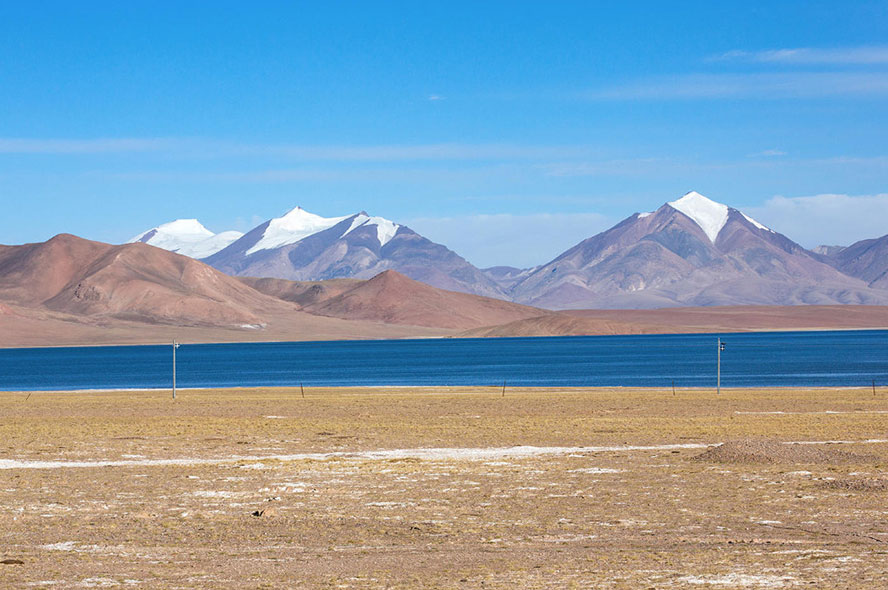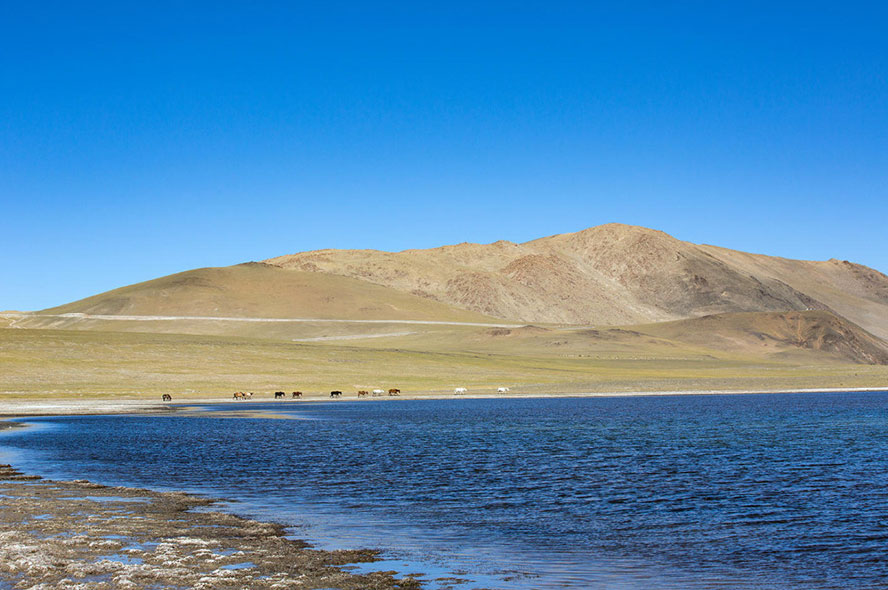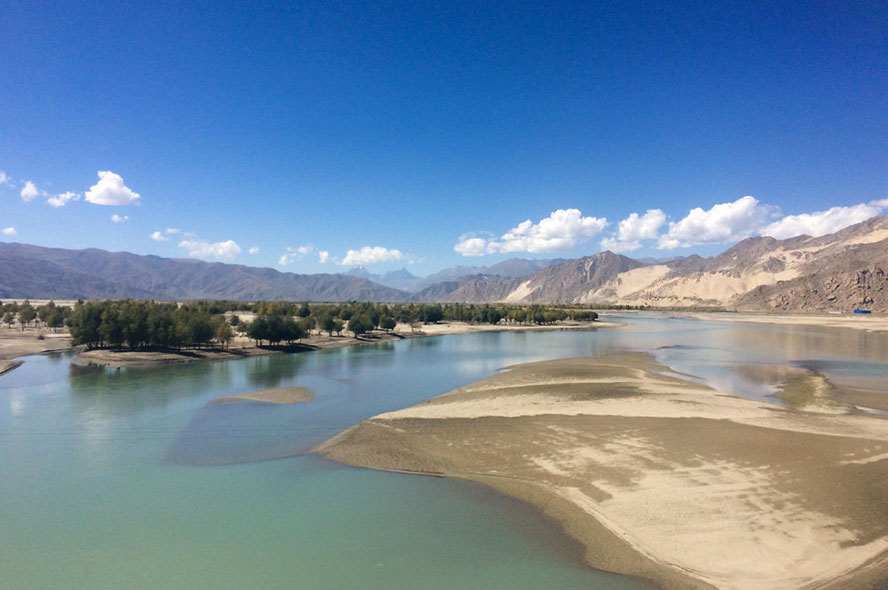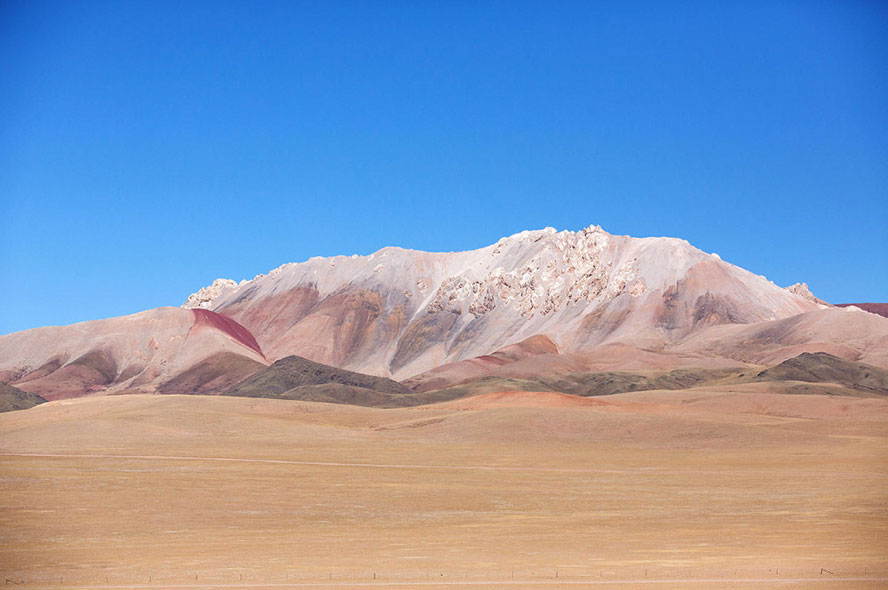The Altitude sickness is one of the major reasons that have stopped many people travelling to Tibet. They concern that their health will be affected by altitude sickness. Yet as a matter of fact, you won’t feel altitude sickness to be fear at all once you have known more about it. This article will provide detailed information about altitude sickness for you.
What is altitude sickness ?
Compared with low-altitude areas, high-altitude areas have lower air pressure, less oxygen content and drier air. Altitude sickness is a person’s natural physiological response to such environment changes. Generally speaking, when altitude reaches to 2,700 meters, people will begin to develop physiological response of different levels.
What are the symptoms of altitude sickness ?
Symptoms of altitude sickness include: dizziness, fatigue, weakness, shortness of breath, persistent headache, loss of appetite, sleep problems, loss of energy, nausea and vomiting, inability to walk, confusion and fluid buildup in the lungs and/or brain, bluish skin tone, etc.
Among these symptoms, headache is the most common and annoying one. Don’t be nervous when you have a headache. What you need to do at this time is to take more rest and don’t do any exercises and activities. Resting in bed would be the best. Please contact your tour guide when you have any problems.
Notes:When headache plus one of the above symptoms occur, altitude sickness should be considered.
Nose bleeding is a common phenomenon for a person to Tibet for the first time. It is because of the dry air in Tibet that causes nose bleeding, but not because of other severe disease or serious altitude sickness. Therefore, there is no need to worry too much when your nose is bleeding. What you should do is to drink more water and apply some moisturizing products to your skin.
The duration and severity of altitude sickness are different from person to person. Some people would have distinct dizziness right after they get off the trains or planes. There are also people who won’t feel any discomfort in the daytime, but when evening comes, they will have symptoms such as headache and lightheadedness and can’t fall asleep.
Altitude sickness can last for as short as only one day, but it can also exist all the time till you leave Tibet. When you feel you are extremely uncomfortable, you should go for a doctor and take some medicine for treatment.
What are the signs of worse altitude sickness? Under what circumstance should people go to see a doctor ?
When symptoms such as headache and dizziness don’t get any relieved and even get worse 24 hours after you take a rest, or when you catch a cold before altitude sickness disappears, you should consider your altitude sickness is getting worse.
At this time, you need to communicate with your tour guide and tell him/her about your own situation. Then the tour guide will take you to a doctor for medical treatment. You can also inhale oxygen to relieve the discomfort. Generally speaking, altitude sickness will get great relieved or even disappear within three days.
What symptoms will threat people’s health and life ? Under what circumstance should people retreat from plateau areas?
Two relatively dangerous symptoms of altitude sickness include pulmonary edema (buildup of fluid in the lungs) and cerebral edema (brain swelling). When you feel that you might have pulmonary edema or cerebral edema, you must contact the tour guide and driver, and seek medical treatment immediately. Otherwise your life could be in danger when these symptoms get worse.
Symptoms of pulmonary edema:difficulty to breath, chest heaviness, coughing up pink, foamy sputum (spit), fatigue, pale or blue nail beds and lips, accelerated heart rate, inability to walk, etc.
Symptoms of cerebral edema:severe headache, inability to speak, seizures, vision loss, neck pain, inability to move, loss of consciousness, etc.
When two or more than two of the above symptoms occur, pulmonary edema or cerebral edema should be considered. And you need to medical treatment immediately. If possible, you should retreat from high locations as soon as you get better.
Although such situation can be dangerous, chances of getting pulmonary edema or cerebral edema is extremely small when people travel in Tibet. We haven’t seen any tourist getting pulmonary edema or cerebral edema so far. But we still suggest that you do a health check before choosing a Tibet group tour, so as to guarantee a smooth and wonderful journey for yourself.
Will people get altitude sickness while taking the trains to Tibet ?
It is generally believed that taking trains to Tibet is the best, because the trains to Tibet are all equipped with facilities that can diffuse oxygen, and people can adapt to the altitude changes gradually. In this way, people will have enough time to adapt to the lower air pressure and lower oxygen level in the air. But as a matter of fact, because of the long duration, closed environment and dense population on the train, most people usually don’t get a good rest during the train journey, which will easily cause discomfort and altitude sickness.
It would be the best if you can buy a sleeper train ticket, because you can lie down on the bed all the way along the train journey. And a good rest will be much helpful to relieve altitude sickness.
Will people get altitude sickness while taking p flights to Tibet ?
It is believed that going to Tibet by flights will increase the chances of getting altitude sickness, because people will experience an abrupt altitude change during the journey. However, you will have more time to adjust to the environment in Lhasa if you go to Tibet by flights. You won’t get altitude sickness on the plane, but symptoms such as lightheadedness might occur 3-9 hours after you get off the plane. What you need to do at this time is to take more rest, do less activities and drink more water.
To conclude, altitude sickness is not a serious disease at all. It is only a natural physiological response to the environment changes as well as a phenomenon that is as normal as carsickness and seasickness. You will get rid of the influence of altitude sickness as long as you keep a positive attitude and follow the suggestions of tour guide during the journey.







































 Data in submission...
Data in submission...